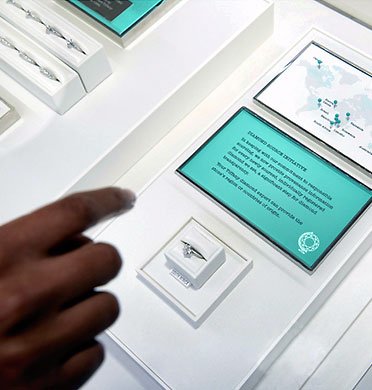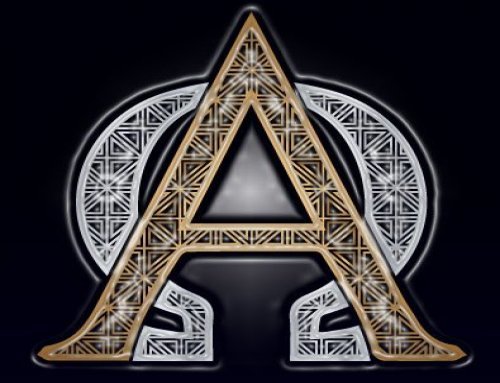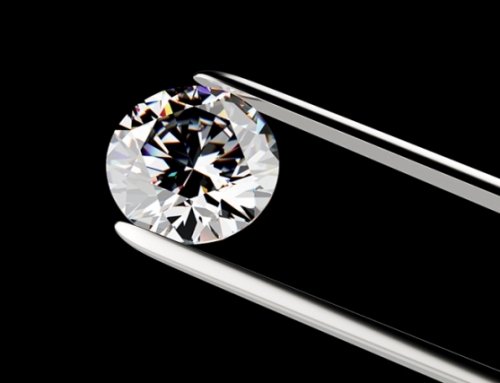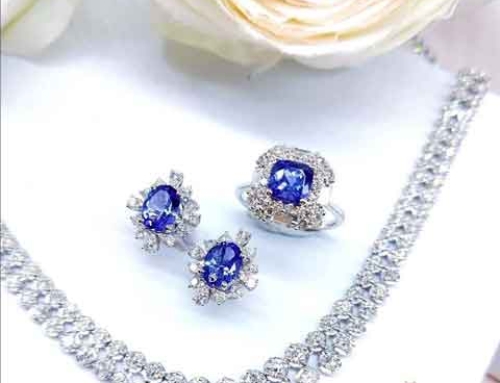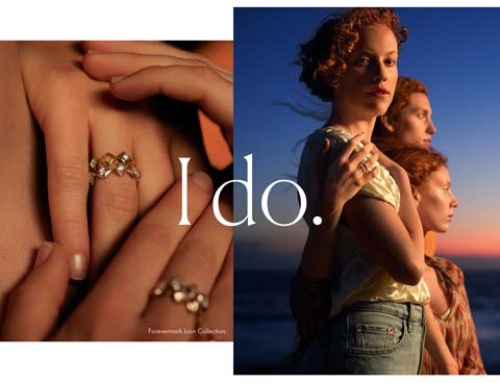Image: Diamond Source – Tiffany
Tiffany & Co announced its Diamond Source Initiative on January 9th; it will now include country of origin information on just about all its diamonds over 0.18 carats.
As part of its new Diamond Source initiative, a Tiffany & Co serial number will be laser engraved on each diamond, including information on its provenance and country of origin. Later in the year, this information will be added to the company’s internal certification reports.
In some cases, this provenance information will also appear on the window label. The jeweler hopes to be able to offer more information on the producing countries.
Diamond Source Initiative
As De Beers does not sort its diamonds according to their origin, its stones will be referred to as “Botswana Fate“. De Beers has only recently reversed its policy which barred downstream participants from identifying diamonds from its mines.
By 2020, Tiffany also hopes to add information on the “manufacturing path” of her diamonds, specifying where they are cut.
Andy Hart, senior vice president of Tiffany for the supply of diamonds and jewelry, says that the retailer is able to offer this information because more than 80% of its stones come from rough that it buys directly and then transforms.
The remaining 20% comes from third-party suppliers. “These are trusted partners with whom we have been working for a long time. We are working with them to ensure transparency in their supply chain,” says Andy Hart.
The only exceptions to the program will be diamonds purchased by Tiffany before this program was designed, which will be referred to as Tiffany Heritage diamonds.
“For a very small percentage of our stones from a responsible source, we will not include the origin,” says Andy Hart.
For now, the company is simply declaring the country of origin, not the precise mine, but Andy Hart says that the company would like to be able to indicate this, together with information on the supply of precious metals and stones it uses.
“We aim for transparency for all materials,” he says. “We keep track of our precious metals to a large extent and we know their origin for a long time. I think it should be the same for colored stones. We are already well advanced and we will continue to work on this issue.”
Andy Hart explains the reason for this Diamond Source initiative: “Luxury consumers more and more often want to know this type of information.”
“In the luxury industry, we encounter a new generation of buyers who care about the environment, social responsibility, human rights and work practices. They care about the traceability of diamonds, he says. We believe that origin is crucial, enabling consumers to make informed purchases.”
As for synthetics, Andy Hart was not very enthusiastic.
“For Tiffany, synthetics are not a luxury material. We do not imagine they can have a place in a luxury brand. They have a role to play, but I think luxury consumers will continue to desire the rarity and fascinating history of natural diamonds.”
The Diamond Source initiative is part of a broader marketing trend
Transparency and sincerity: the new challenges of corporate communication. Today the reputation of a brand is built by the involvement and engagement of its customers, and, above all, by the quality of the relationship it maintains with them. To maintain and nurture a community around the brand, it is not enough to expose the facade of the latter but one needs to show and share the other side of the scene. The consumer today seeks to understand how things work and how their favorite brands operate.
One could see a reversal of roles: the prospect is no longer just the object of insights but seeks to explore his own on the behavior and activity of brands. Working on this parameter in communication not only establishes a relationship of trust but also gains the loyalty of the community.
That’s certainly what drove Tiffany to take this Diamond Source initiative.


